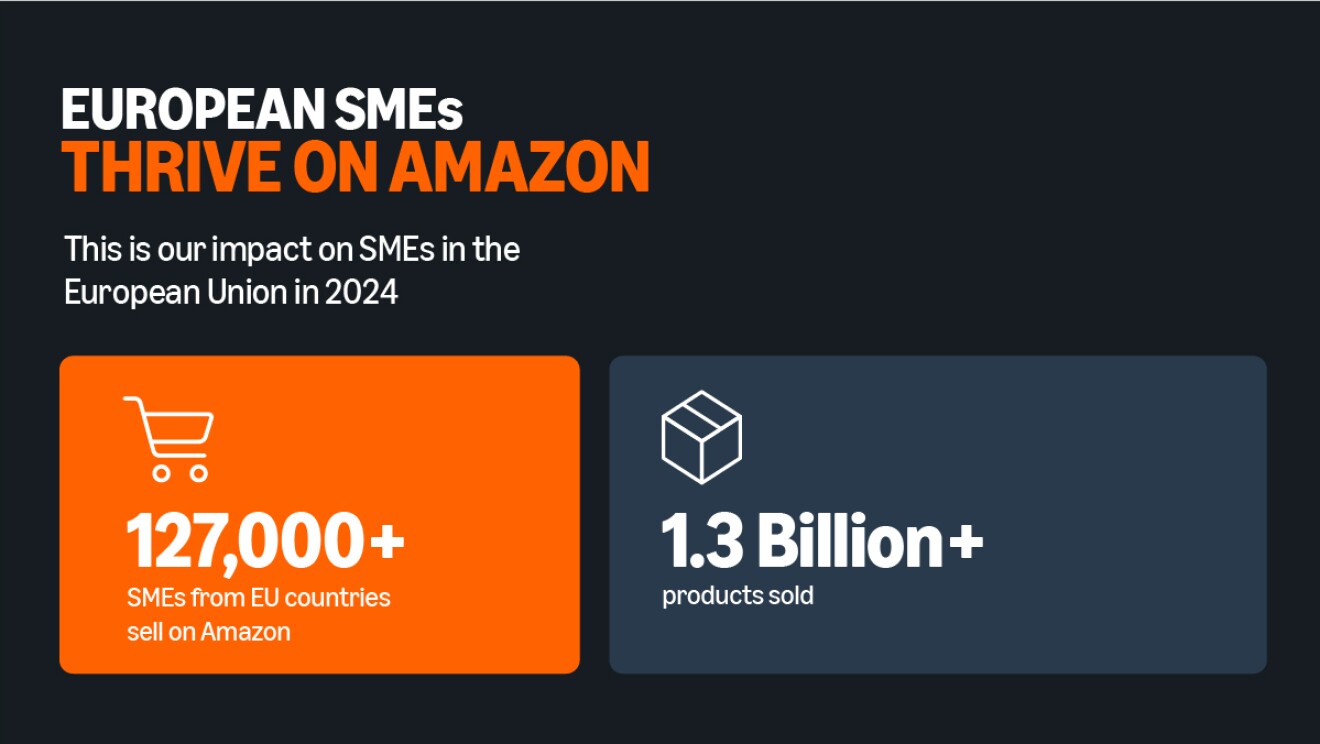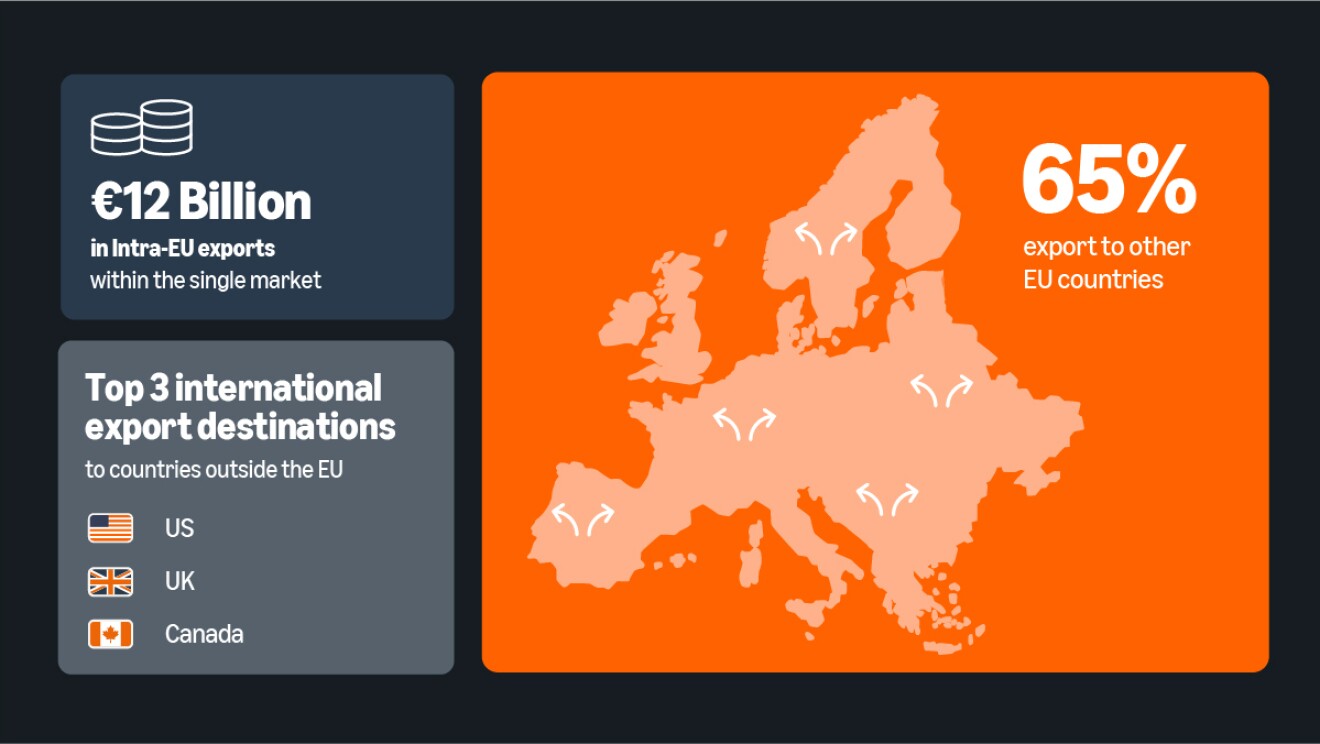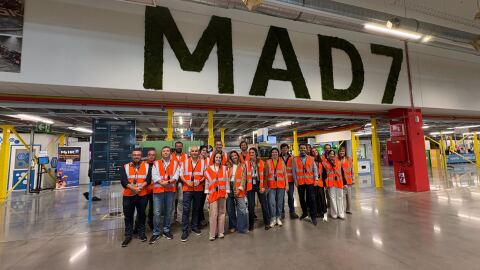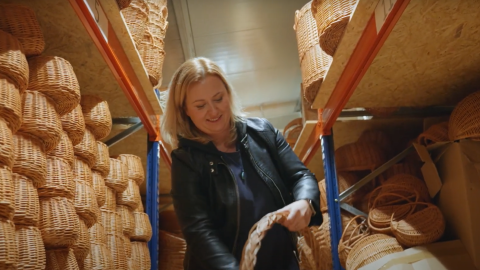The transformative power of digital commerce in the European Union isn't just about numbers -- it's about businesses seizing real opportunities. During my recent trip to the EU, I was struck by the success stories of EU small- and medium-sized enterprises (SMEs) benefiting from the EU Single Market. Take Sweden’s Steamery, which grew from €180,000 in revenue to €1.3 million, a remarkable 622% increase, by expanding to seven countries. And Belgian company Garzini, which doubled its business yearly since 2020, with online sales growing from 30% to 70% of its revenue through international expansion. These success stories highlight what's possible when the EU Single Market works well.
The EU Single Market enables the free movement of goods, services, capital, and people across EU countries, and it stands as one of the EU's greatest accomplishments. Yet there are still significant barriers hindering cross-border trade, preventing SMEs in particular from being able to benefit fully from a true Single Market. Removing these obstacles should be a top priority for the EU to boost its competitiveness and resilience and I am pleased to see it become a key aim of the European Commission's Competitiveness Compass.
This content is hosted by a third party (www.youtube.com).
To view the content, you need to consent to cookies by selecting Accept all in the popup banner. Or you can go to the site footer, select Cookie Preferences, and then select On under Functional Cookies, Performance Cookies and Advertising Cookies.
The scale of this opportunity is significant. EU SMEs selling on Amazon generated more than €12 billion in intra-EU exports in 2024 -- approximately 80% of their total export sales. These results demonstrate the power of cross-border trade within the Single Market. When including EU exports to all countries, 127,000 EU sellers achieved more than €15 billion in total export sales worldwide (an increase of €1 billion from the previous year), with over 100,000 of them reaching international customers.
When I speak with entrepreneurs across the EU, they share how e-commerce is a fundamental driver of growth and innovation. César Tello, the Director General of the Spanish Association of Digital Economy Adigital, shared, "E-commerce is a key enabler for SMEs to grow, increase their efficiency, and access new markets. For them to unlock their full potential, it is essential to have a simplified regulatory framework that is harmonized and aligned with the realities faced by small and medium-sized enterprises."
SMEs face substantial challenges navigating the Single Market, as outlined in a recent Business Case Catalogue commissioned by Amazon and produced by Implement Consulting. I met Raphael Matzker, CEO at Steamery, recently and he told me, "One of the biggest policy barriers we've faced is handling VAT reporting for all countries. The VAT contains different rates depending on products and countries, which require both time and resources for handling."
This content is hosted by a third party (www.youtube.com).
To view the content, you need to consent to cookies by selecting Accept all in the popup banner. Or you can go to the site footer, select Cookie Preferences, and then select On under Functional Cookies, Performance Cookies and Advertising Cookies.
To unlock the full potential of the EU’s SMEs we need concrete action. Based on extensive conversations with business leaders, policymakers, and from our own research, I recommend four initiatives to help SMEs reduce complexity when selling across the EU and boost growth:
- Digital Labelling: By allowing digital product labelling accessible via a single data carrier, such as a QR code, a Digital Product Passport (DPP) could allow customers to access more information about a product more easily, reduce administrative burdens, and improve transparency. Andrea Magnone, Founder at Emilia Food Love, emphasizes that “the possibility to use digital labelling for our products would significantly simplify and reduce the costs associated with the labelling and cross-border selling of our products.”
- Extended Producer Responsibility (EPR) schemes: Currently, there is a fragmented product recycling landscape with over 100 different EPR regulations imposing disproportionate costs on small businesses. An EU-wide digital one-stop-shop for EPR would streamline registration and reporting.
- VAT compliance: This remains a major pain point for small businesses. The planned extension of the VAT One-Stop Shop under the "VAT in the Digital Age" package is a positive step. Ensuring smooth implementation by 2028 will be critical.
- Transport infrastructure: The lack of harmonized charging infrastructure for electric commercial vehicles across the EU poses a significant barrier, particularly for SMEs in the logistics sector. With nearly 70% of public chargers concentrated in just three countries (France, Germany, and the Netherlands), this uneven distribution complicates the transition to sustainable transport.
The European Commission has the opportunity to remove cross-border barriers with the solutions above and unlock the full potential of the Single Market. By doing so, we can deliver real benefits to EU consumers through greater product choice, innovation, and lower prices, while empowering thousands of local small businesses to grow across borders. A truly integrated Single Market supports both shoppers and small businesses, creating stronger EU competitiveness as a natural result. Taking decisive action now is essential in maintaining the EU’s competitive edge.

















